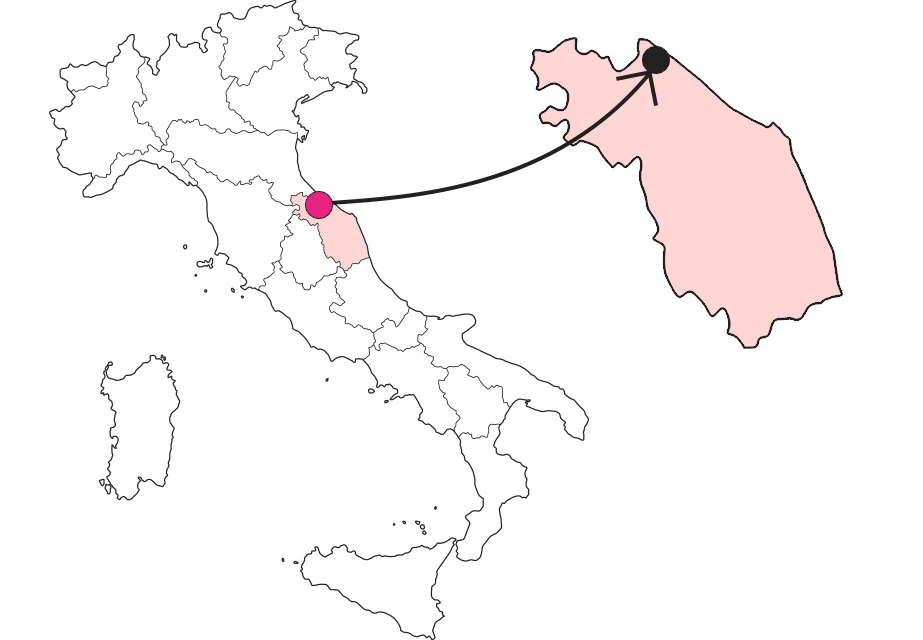SHARRYLAND


Urbino: Palazzo Ducale, the city in the shape of a palace
Its underground beauties and secrets



Where is

What it is and where it is
The historic center of Urbino is the only place in the Marche region that has been declared a World Heritage Site, a marvel of art and harmony, where the soul of a bygone era, the ancient Renaissance appeal, the true spirit of Urbino and the Urbino people, is diffused. And so it is that one gets lost in the charm of the alleys and stairways that lead to the much sought-after destination: the Ducal Palace. Its regular and perfect forms, daughters of Humanism, which found one of its centers here in Urbino, are enlivened by fairy-tale-looking towers and turrets. The result is a harmony of volumes that leaves one enraptured.
Why it is special
Not fortress, but open space, so vast and complete that it has been called "a city in palace form," the undisputed realm of early Renaissance harmony and balance. The geometric and mathematical beauty of the Ducal Palace enchants today as it did then, so much so that if one reads the words with which Castiglione illustrated the charm of the court of Guidobaldo da Montefeltro and Elisabetta Gonzaga in his celebrated Cortegiano, one finds that same ideal city where perspective, harmony and balance reign.
Not to be missed
There are rooms that more than others make it clear why the palace can be considered a city: the subterranean rooms. The spaces are organized into a series of huge and, for the time, extremely technological service rooms. There was, for example, a complex system for collecting, filtering and distributing rainwater, in parallel with a system for disposing of dirty water and waste. And after all, this is the secret of the stables incorporated right into the basement. Near the little tower leading to the Duke's celebrated Studiolo is even his bathroom, heated thanks to a system of cavities and hot air. Brilliant!
Trivia
The rooms in the dungeons were identified thanks to findings within them that hinted at their intended use. The first room encountered along the route, for example, has large tubs in which textile fibers and traces of paint were found: it was the laundry room. Similarly, the rooms dedicated to stables are recognizable thanks to the sloping floor to make sewage converge toward the drainage structures. Even the Duke's bath hides a little secret: it was built following Vitruvius' very ancient instructions on the construction of Roman baths.
Enter the Map of Italy's Undiscovered Wonders and find treasures where you least expect it... Inspire, Recommend, Share...
Collections
The Map thanks:
Enter the Map of Italy's Undiscovered Wonders and find treasures where you least expect it... Inspire, Recommend, Share...
Where is

Collections

